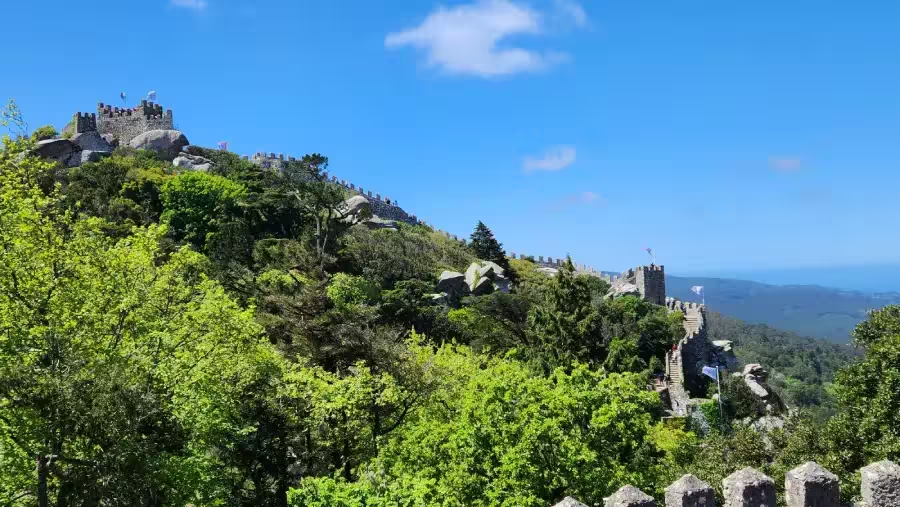
Table of Contents
ToggleDay trip from Lisbon
SINTRA
Getting there:
Take the train from the Rossio station, the trip take about 40 minutes, the trip fee was include in the Lisboa card.
When you arrive, at the train station, there is a tourist information store where you can purchase the tickets for the different attraction, this will save you time and lets you skip the line.
Your time, because some attraction are not very close to each other, we decide to buy the Hop On Hop Off ticket 13.50 Euros , which give us the choice of two different route,
The green line 435, which go to Sintra National Palace, Setais Palace and the Monserrat Palace and the orange line, the 434 which start from the train station to the Biester Palace, the Moorish castle and the Pena Palace.
The Moorish Castle (Castelo dos Mouros):
Opening hours:
09:30 — 18:00
Website: Moorish Castle – Sintra
We stared the visit by the Moorish castle, using the Hop On Hop Off bus, the entrance fee is 12 Euros,????? US dollars
Make sure you have a warm jacket because even if you have a beautiful weather, it is very windy and the wind is very cold, personally I believe
the castle worth the visit and on top you have a beautiful view of the valley.
The Moorish Castle was constructed in the 10th century during the period of Muslim occupation of the Iberian Peninsula, situated on a strategic high point in the Sintra Hills
During the Moorish era (8th-12th century), this mighty castle defended the entire region, with its high vantage point providing strategic views along the coastline and surrounding lands.
In 1108, the Norwegian King Sigurd the Crusader conquered the Castle while on his way to Jerusalem.
However, it was only in 1147 that the Castle was definitively taken by the first King of Portugal, Afonso
In 1375, King Ferdinand I of Portugal ordered the rebuilding of the castle. However, its military importance gradually diminished as inhabitants began abandoning the castle for the old village of Sintra.
King Ferdinand II (1816-1885) partially restored the battlements in the 19th century,
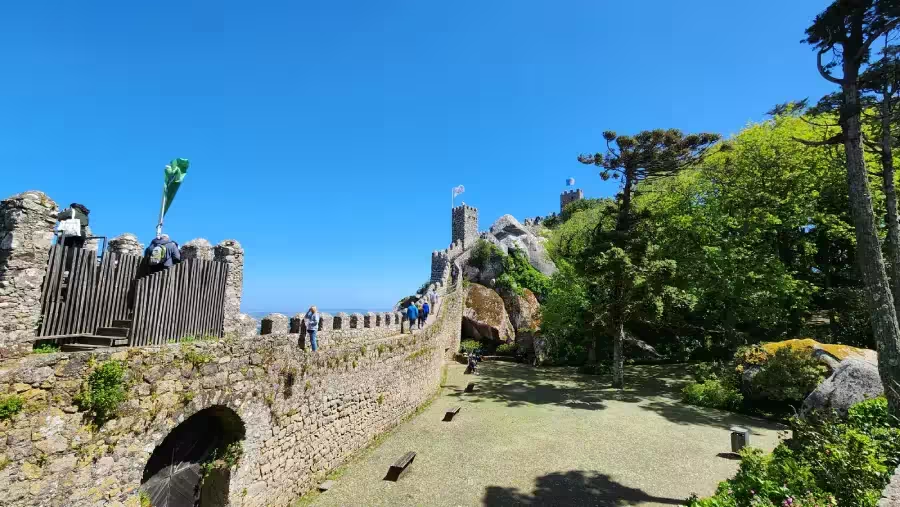

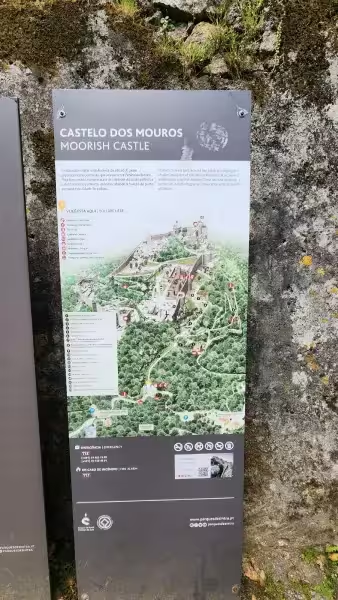
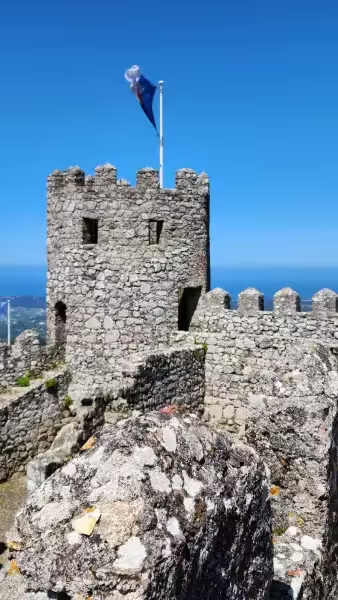
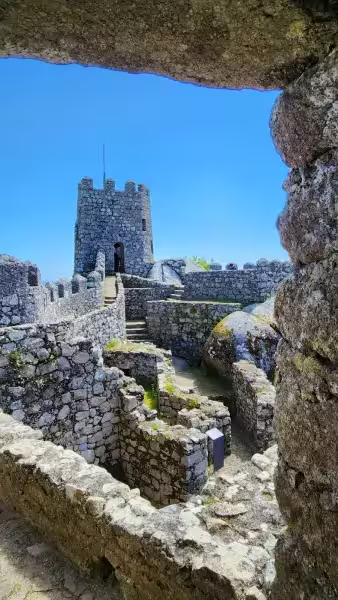
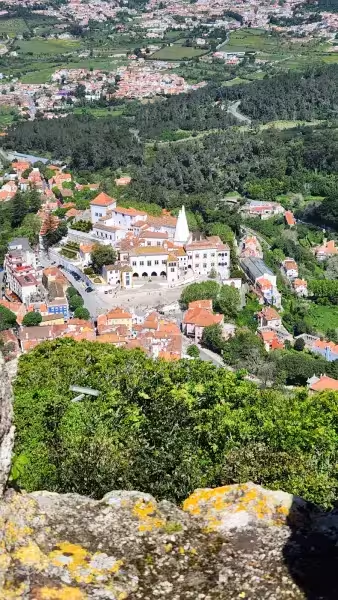
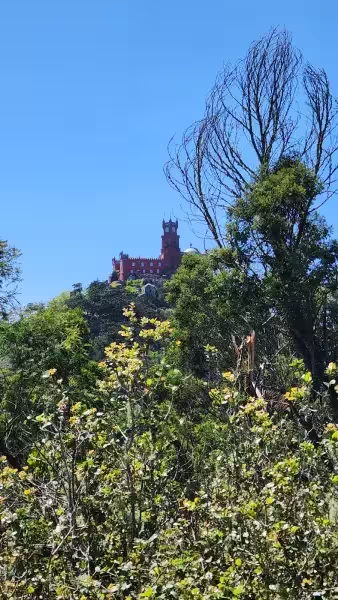
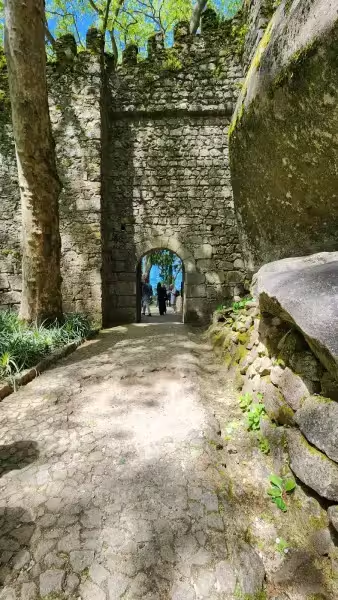
Quinta da Regaleira
Opening hours: Monday to Sunday 10 am to 5:30 pm.
Entrance fee: 15 Euros, 18 US dollars , 10 Euros, 12US dollars for Senior
Website: Beginning
The history of Quinta da Regaleira dates back to the 17th century. In 1697, José Leite acquired an extensive plot on the outskirts of Sintra.
In 1715, the estate was purchased at public auction by Francisco Alberto de Castro, and was named Quinta da Torre, or Quinta do Castro.
In 1830, the estate belonged to Manuel Bernardo Lopes Fernandes, and in 1840, it became the property of Ermelinda Allen, the daughter of a wealthy trader from Porto, later graced with the title of Baroness of Regaleira
The most significant transformation came in the early 20th century. António Augusto Carvalho Monteiro purchased the estate in 1892.
He wanted to build Quinta da Regaleira as a place to embody his interests and ideologies in Freemasonry and primitivism.
Construction took place from 1904-1910, featuring a blend of Romantic, Gothic, Manueline, and Renaissance architectural styles, infused with esoteric symbolism
With the help of Italian architect Luigi Manini, Monteiro transformed the 4-hectare estate into a palace surrounded by lush gardens, lakes, caves, and enigmatic constructions, incorporating alchemical meanings associated with Freemasonry, the Templars, and the Rose-cross.
In 1942, the estate was bought by millionaire Waldemar D’Orey, who remodeled the interior to accommodate his large family. In 1988, the property was sold to the Japanese Aoki Corporation. Finally, in 1997, Quinta da Regaleira was acquired by the Sintra City Council and put under the management of the Cultursintra Foundation. In May 1998, it received the first National Historical Heritage Prize from Ford Portugal.
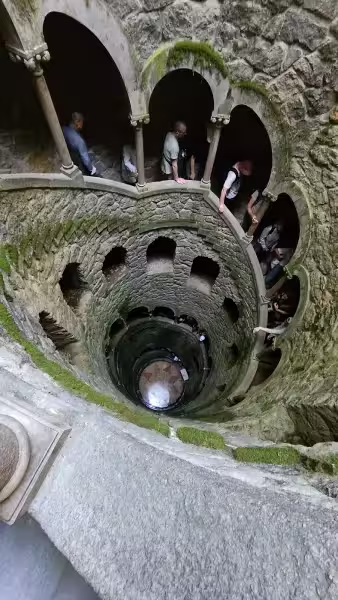
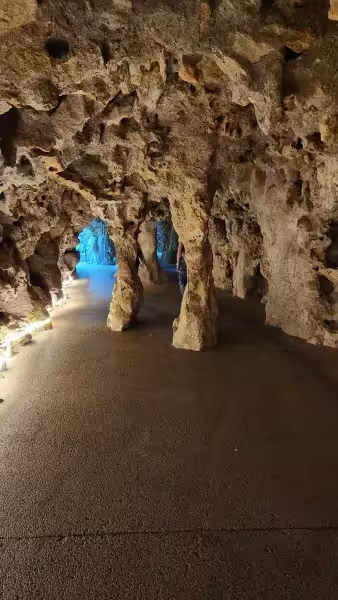
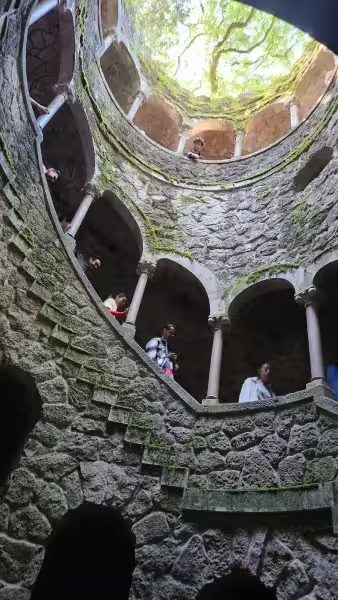
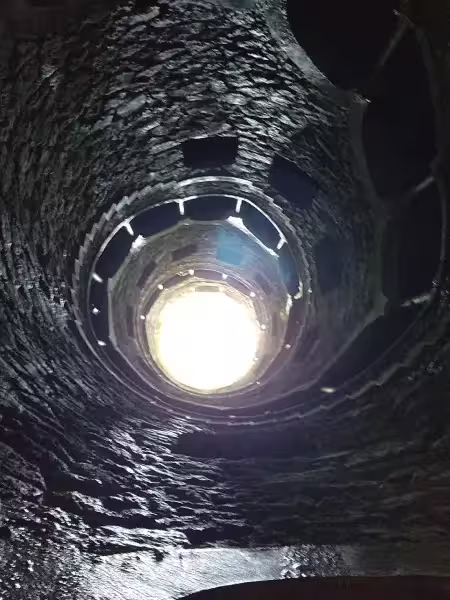
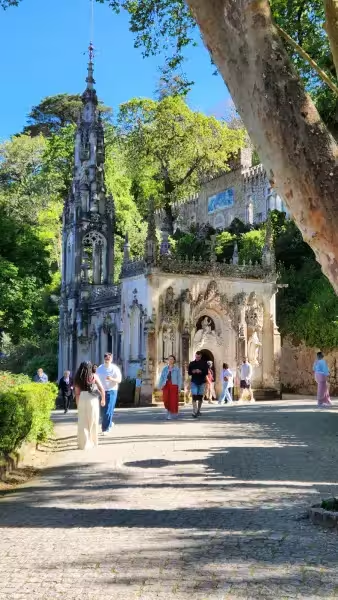
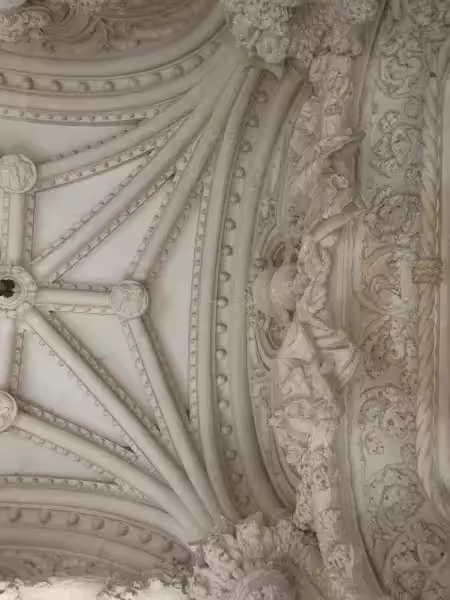
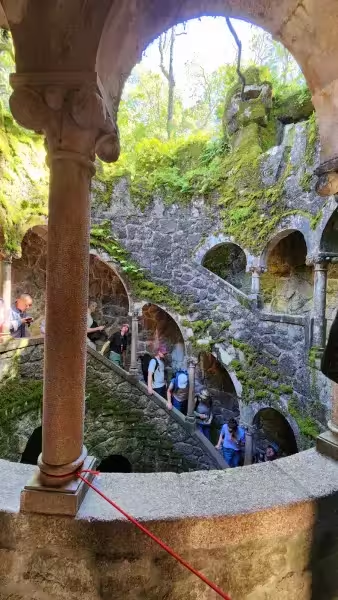
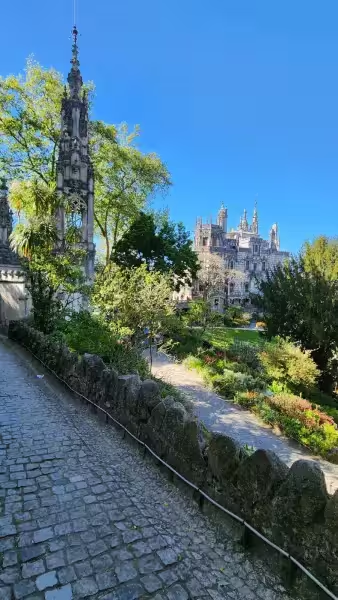
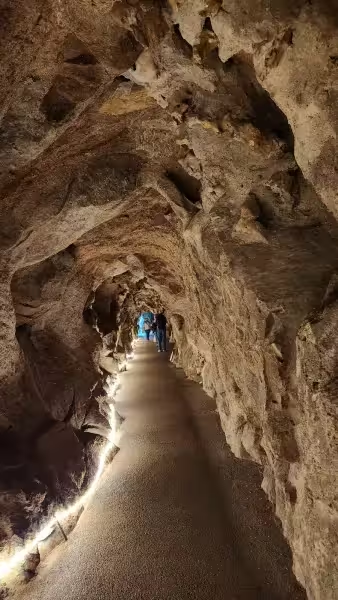
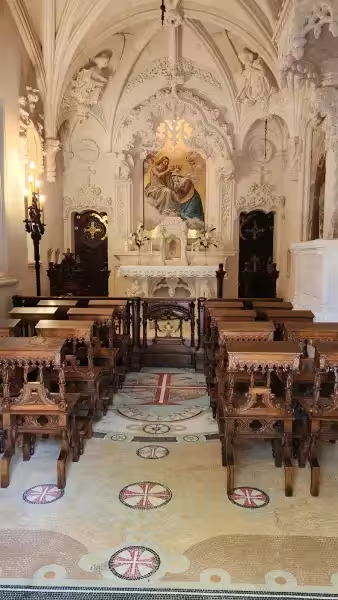
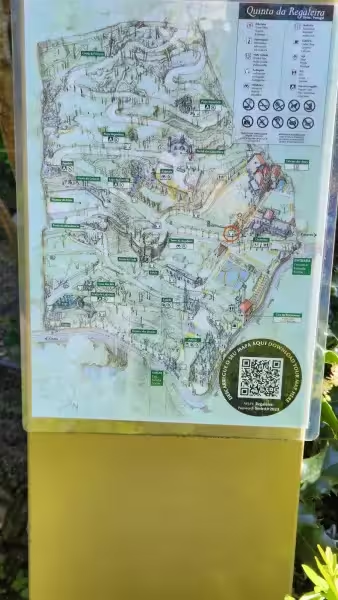
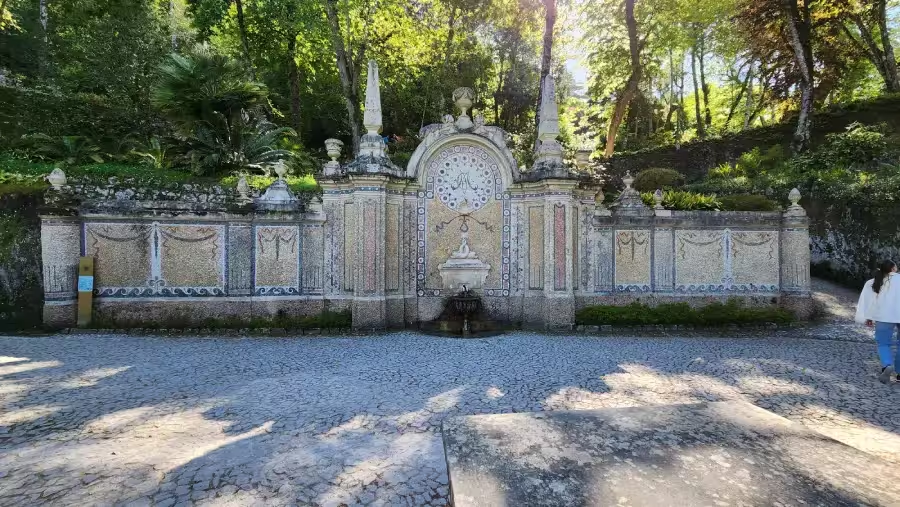
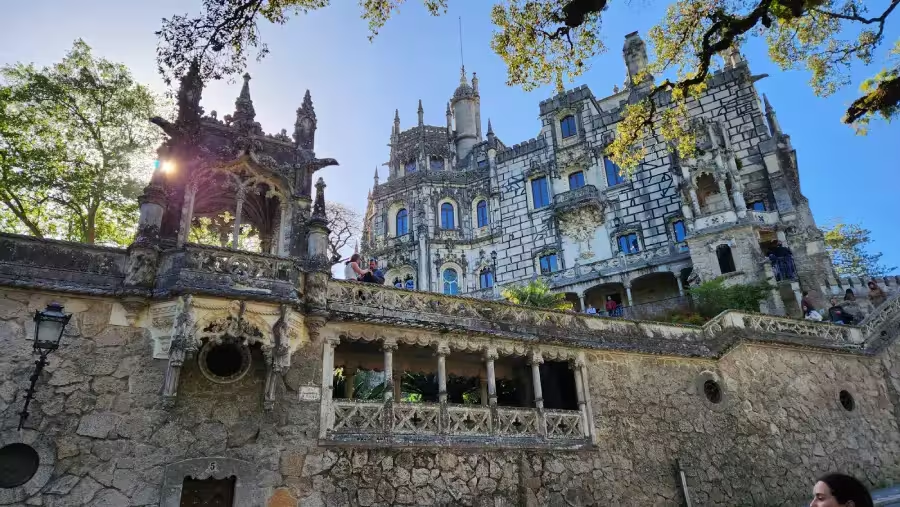
Sintra streets
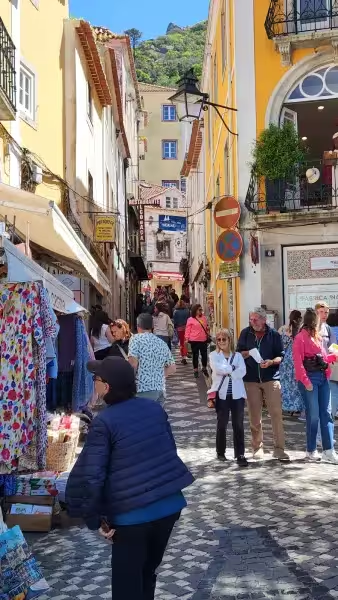
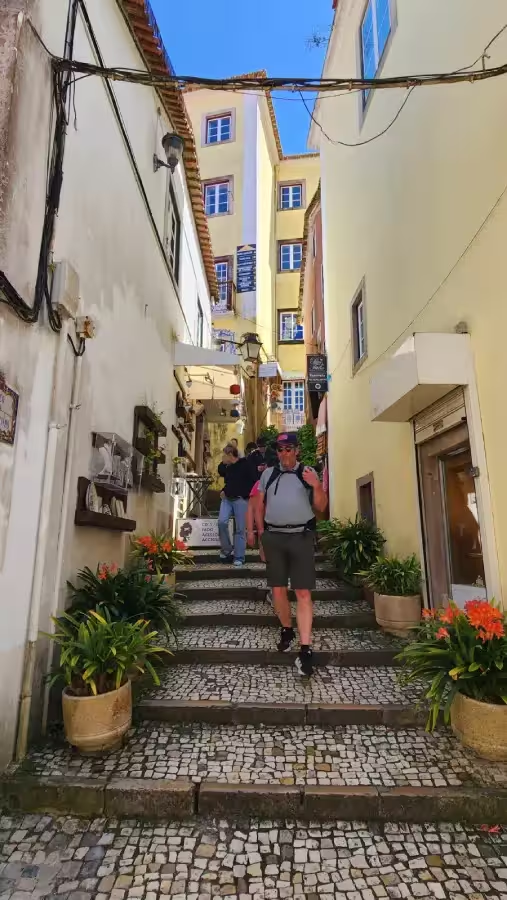
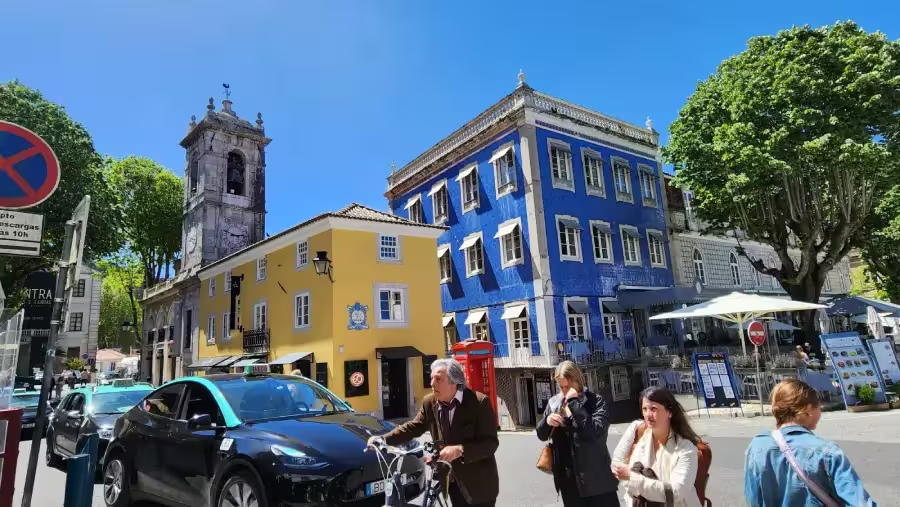
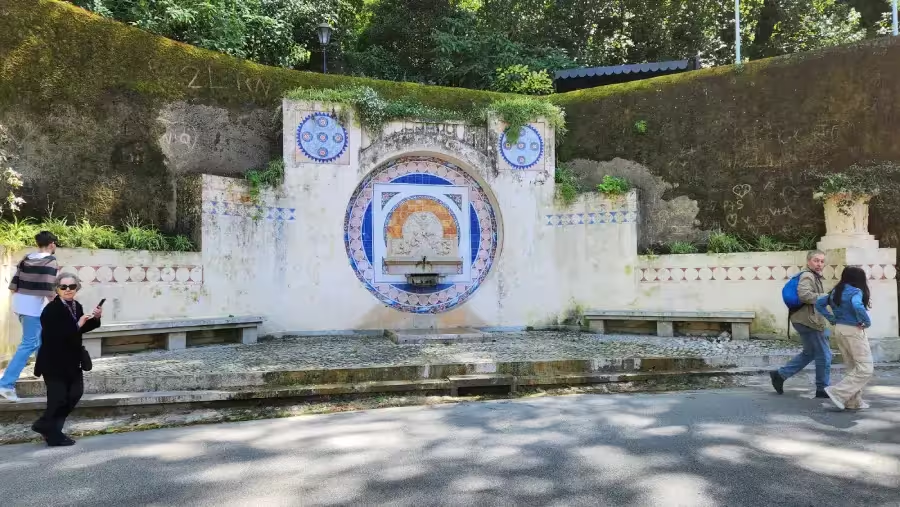
EVORA
Getting there:
The train ticket return was 16.50 Euros, 19US dollars, discount for Seniors, with the return in first class all second class ticket sold out.
The trip take around 1h30 minutes.
Getting to Evora downtown take about 10 to 15 minute walk from the train station.
Is a very nice little town to visit, the historic center is small and very quick to visit.
Évora, officially known as the “Very Noble and Ever Loyal City of Évora,” is a city and municipality in Portugal with 53,591 inhabitants. It serves as the historic capital of the Alentejo region and is the seat of the Évora District.
Historical Significance:
The Romans conquered the town in 57 BC and expanded it into a walled town, with vestiges from this period still remaining, including city walls and ruins of Roman baths
The city was conquered by the Moors around 712, who called it Jabura, and remained under Moorish rule until around 1166. In the 15th-16th century, Portuguese kings began residing regularly in Évora.
The city’s bishopric, founded in the 5th century, was elevated to an archbishopric in the 16th century.
Évora was designated as a UNESCO World Heritage site in 1986. This distinction was primarily granted because it represents the best example of a city from Portugal’s golden age after the destruction of Lisbon in the 1755 earthquake
What to see:
The Cathedral:
Built between 1280 and 1340, it’s one of Portugal’s most important gothic monuments. It features a main portal with Apostle Statues (c. 1335), a beautiful nave and cloister, a Manueline transept chapel, and a Baroque main chapel. It also houses a Renaissance pipe organ and choir stalls from around 1566.
- Saint Francis Church:
- Built between the late 15th and early 16th centuries, it combines Gothic-Manueline styles. It features a wide nave that’s a masterpiece of late Gothic architecture and contains many Baroque-styled chapels, including the famous Chapel of Bones, which is completely covered with human bones.
Unfortunately due to the lack of time and the very bad weather, we had a storm with a huge shower and hail, we wasn’t able to visit the Church.
The University.
The University is a very nice place to visit but not very easy to find, in Evora there is no attraction sign.
The University of Évora (Universidade de Évora) is a prestigious public university located in Évora, Portugal. Founded in 1559, it’s one of the oldest universities in Portugal and has a rich historical legacy spanning over 460 years.
The university was originally established by Cardinal Henrique (later King Henry of Portugal) and operated under Jesuit administration until 1759 when it was closed due to the expulsion of the Jesuits from Portugal. It remained closed for over two centuries before being refounded in 1973 as a modern public university.
The campus is beautifully integrated into the historic city of Évora, a UNESCO World Heritage site.
2 Responses